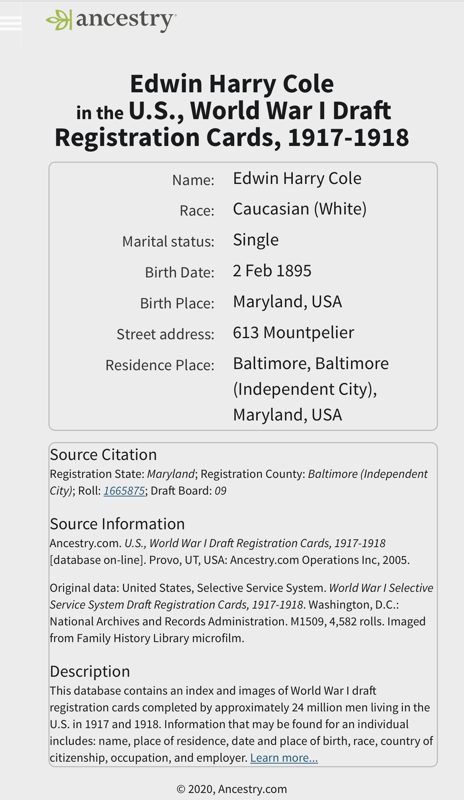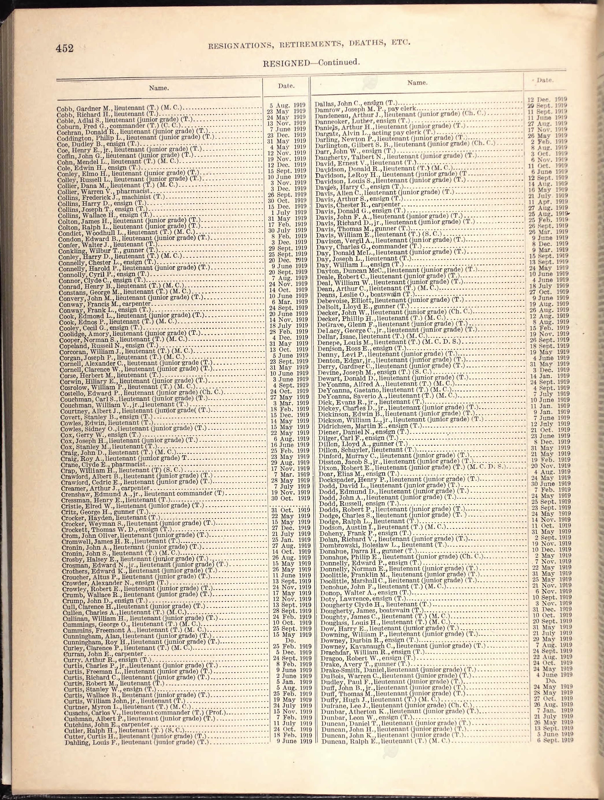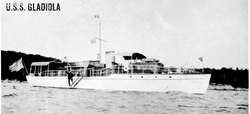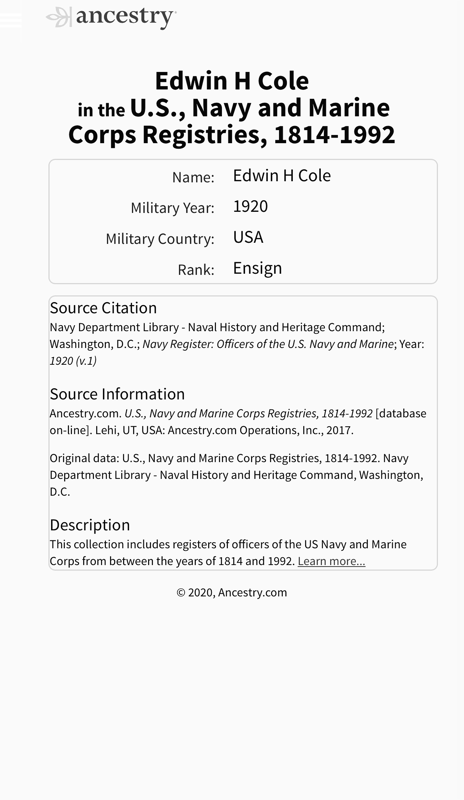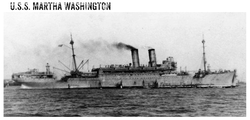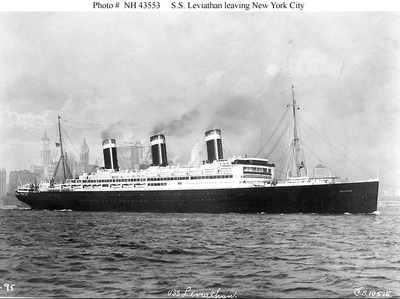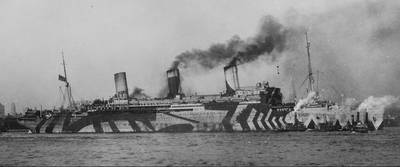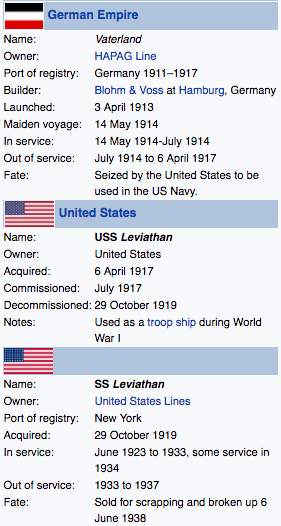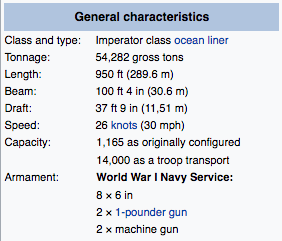MARINE CORPS THOMAS L. KELTNER GROUP
Marine Corps Good Conduct Medal No. 87674
Thomas L. Keltner
Thomas L. Keltner
Marine Corps Second Nicaraguan Campaign Medal M.No. 5252
United States Marine Corps Staff Sergeant Thomas Lee Keltner (serial #573513) was born March 21st 1894 in Fairgot, Iowa. Keltner register for the World War I draft at 23 years old May 31st 1917. In the spring of 1918, Keltner along with "Fighting Falcons" Company C, 39th Infantry, 4th Division sailed for France as part of the American Expeditionary Force. Keltner's Division saw action at the Aisne-Marne Offensive, Meuse-Argonne, Lorrain, St Mihiel & Champagne. Months after World War I ended, Corporal Keltner departed from Brest France July 30th 1919, on the SS Leviathan, a German ocean Liner seized April 6th 1917 by the United States & transformed into a troop transport ship. Keltner arrived in Hoboken, New Jersey Aug. 6th 1919.
Keltner enlisted as a Private in the Marine Corps Jan. 22nd 1926 at the 8th Recruit Platoon, Parris Island, South Carolina. By Sept 1926 Keltner serving with the 77th Machine Gun Company, 2nd Battalion, 5th Regiment aboard the U.S.S. Chaumont on its way to Guantánamo Bay Naval Station, Cuba.
In Oct. 1926 Keltner was promoted to Private First Class. In March 1927 PFC Keltner was serving with 2nd Battalion, 5th Regiment Naval Forces on shore in Western Nicaragua Grandna, Nicaragua. The PFC served in Nicaragua until April 1929. He was awarded his Second Nicaraguan Campaign Medal M.No. 5252 for his Nicaraguan service from 1927-1929.
He arrived back stateside at the Marine Barracks, Naval Station, New Orleans, LA, in May 1929. Promoted to Corporal in Oct. 1929 while serving at the Marine Barracks, Naval Torpedo Station, Newport, Rhode Island. Corporal Keltner was awarded his Good Conduct Medal No. 87674 & he immediately re-enlisted Jan. 22nd 1930 at the Torpedo Station, RI.
From Dec. 1930 through June 1934 Corporal Keltner was Serving with Company G & Company L, 8th Reserve Regiment, Philadelphia, Pennsylvania. Corporal Keltner retired from active service in the Marine Corps in 1934.
Thomas Lee Keltner registered for the World War II draft in 1942 at 48 years old. He was called back to active Duty in Philadelphia & promoted to Sergeant in Oct. 1943. In Oct. 1944 Keltner was promoted to Technical Sergeant. Reaching his highest rank as a Staff Sergeant in Jan. 1944. By Jan. 1945 records show Keltner back as a Technical Sergeant at his end of his military career.
Staff Sergeant Thomas Lee Keltner passed away Nov. 14th 1955, & he is buried in Prospect View Cemetery, Norfolk, Madison County, Nebraska. Plot Blk 20, Lot 12, grave 263.
Keltner enlisted as a Private in the Marine Corps Jan. 22nd 1926 at the 8th Recruit Platoon, Parris Island, South Carolina. By Sept 1926 Keltner serving with the 77th Machine Gun Company, 2nd Battalion, 5th Regiment aboard the U.S.S. Chaumont on its way to Guantánamo Bay Naval Station, Cuba.
In Oct. 1926 Keltner was promoted to Private First Class. In March 1927 PFC Keltner was serving with 2nd Battalion, 5th Regiment Naval Forces on shore in Western Nicaragua Grandna, Nicaragua. The PFC served in Nicaragua until April 1929. He was awarded his Second Nicaraguan Campaign Medal M.No. 5252 for his Nicaraguan service from 1927-1929.
He arrived back stateside at the Marine Barracks, Naval Station, New Orleans, LA, in May 1929. Promoted to Corporal in Oct. 1929 while serving at the Marine Barracks, Naval Torpedo Station, Newport, Rhode Island. Corporal Keltner was awarded his Good Conduct Medal No. 87674 & he immediately re-enlisted Jan. 22nd 1930 at the Torpedo Station, RI.
From Dec. 1930 through June 1934 Corporal Keltner was Serving with Company G & Company L, 8th Reserve Regiment, Philadelphia, Pennsylvania. Corporal Keltner retired from active service in the Marine Corps in 1934.
Thomas Lee Keltner registered for the World War II draft in 1942 at 48 years old. He was called back to active Duty in Philadelphia & promoted to Sergeant in Oct. 1943. In Oct. 1944 Keltner was promoted to Technical Sergeant. Reaching his highest rank as a Staff Sergeant in Jan. 1944. By Jan. 1945 records show Keltner back as a Technical Sergeant at his end of his military career.
Staff Sergeant Thomas Lee Keltner passed away Nov. 14th 1955, & he is buried in Prospect View Cemetery, Norfolk, Madison County, Nebraska. Plot Blk 20, Lot 12, grave 263.
SS Leviathan
SS Leviathan, originally built as Vaterland, was an ocean liner which regularly crossed the North Atlantic from 1914 to 1934. The second of three sister ships built for Germany's Hamburg America Line for their transatlantic passenger service, she sailed as Vaterland for less than a year before her early career was halted by the start of World War I. In 1917, she was seized by the U.S. government and renamed Leviathan. She would become known by this name for the majority of her career, both as a troopship during World War I and later as the flagship of the United States Lines.
She was seized by the United States Shipping Board when the United States entered World War I, 6 April 1917; turned over to the custody of the U.S. Navy in June 1917; and commissioned July 1917 as the USS Vaterland, Captain Joseph Wallace Oman in command. Redesignated SP-1326 and renamed Leviathan by President Woodrow Wilson on 6 September 1917.
The trial cruise to Cuba on 17 November 1917 prompted Captain Oman to order 241 Marines on board to relieve a detachment of Marines to station themselves conspicuously about the upper decks giving the appearance from shore that the great ship was headed overseas to increase American Expeditionary Forces. Upon her return later that month, she reported for duty with the Cruiser and Transport Force. In December she took troops to Liverpool, England, but repairs delayed her return to the U.S. until mid-February 1918. A second trip to Liverpool in March was followed by more repairs.
Leviathan leaving for France from the New York Port of Embarkation with 11,000 American troops.At that time she was repainted with the British-type "dazzle" camouflage scheme that she carried for the rest of the war. With the completion of that work, Leviathan began regular passages between the U.S. and Brest, France, delivering up to 14,000 persons on each trip. Once experience in embarking troops was gained 11,000 troops could board the ship in two hours. Before the armistice 11 November 1918 the ship transported over 119,000 fighting men. Amongst the ship's US Navy crew during this period was future film star Humphrey Bogart. Bogart served as the Chief Quartermaster, the senior enlisted man of the Navigation Division; and in that role was on the helm whenever she sailed into or out of harbor.
After that date Leviathan, repainted grey overall by December 1918, reversed the flow of men as she transported the veterans back to the United States with nine westward crossings ending 8 September 1919. On 29 October 1919, USS Leviathan was decommissioned and turned over to the U.S. Shipping Board and again laid up at Hoboken until plans for her future employment could be determined.
She was seized by the United States Shipping Board when the United States entered World War I, 6 April 1917; turned over to the custody of the U.S. Navy in June 1917; and commissioned July 1917 as the USS Vaterland, Captain Joseph Wallace Oman in command. Redesignated SP-1326 and renamed Leviathan by President Woodrow Wilson on 6 September 1917.
The trial cruise to Cuba on 17 November 1917 prompted Captain Oman to order 241 Marines on board to relieve a detachment of Marines to station themselves conspicuously about the upper decks giving the appearance from shore that the great ship was headed overseas to increase American Expeditionary Forces. Upon her return later that month, she reported for duty with the Cruiser and Transport Force. In December she took troops to Liverpool, England, but repairs delayed her return to the U.S. until mid-February 1918. A second trip to Liverpool in March was followed by more repairs.
Leviathan leaving for France from the New York Port of Embarkation with 11,000 American troops.At that time she was repainted with the British-type "dazzle" camouflage scheme that she carried for the rest of the war. With the completion of that work, Leviathan began regular passages between the U.S. and Brest, France, delivering up to 14,000 persons on each trip. Once experience in embarking troops was gained 11,000 troops could board the ship in two hours. Before the armistice 11 November 1918 the ship transported over 119,000 fighting men. Amongst the ship's US Navy crew during this period was future film star Humphrey Bogart. Bogart served as the Chief Quartermaster, the senior enlisted man of the Navigation Division; and in that role was on the helm whenever she sailed into or out of harbor.
After that date Leviathan, repainted grey overall by December 1918, reversed the flow of men as she transported the veterans back to the United States with nine westward crossings ending 8 September 1919. On 29 October 1919, USS Leviathan was decommissioned and turned over to the U.S. Shipping Board and again laid up at Hoboken until plans for her future employment could be determined.
U.S.S. Chuamont
USS Samaritan (AH-10) was a hospital ship that served with the US Navy in World War II. Prior to that, she served as a US Navy transport ship under the name USS Chaumont (AP-5).
USS Chaumont, one of twelve 13,400-ton (displacement) Hog Island Type B (Design 1024) transports laid down in November 1918 as SS Shope for the U.S. Shipping Board, launched in March 1920 at Hog Island, Pennsylvania by the American International Shipbuilding Corporation. In November 1920 the ship was delivered to the Shipping Board and transferred to the War Department on 15 December 1920 with assignment to the U.S. Army Transport Service. Redundant to Army needs, she was transferred “on loan” to the Navy on 3 November 1921 and commissioned on the 22nd, Lieutenant Commander G. H. Emmerson in temporary command. On 1 December 1921, Commander C.L. Arnold assumed command. Permanent transfer to the Navy by Executive order was effective 6 August 1924
USS Chaumont, one of twelve 13,400-ton (displacement) Hog Island Type B (Design 1024) transports laid down in November 1918 as SS Shope for the U.S. Shipping Board, launched in March 1920 at Hog Island, Pennsylvania by the American International Shipbuilding Corporation. In November 1920 the ship was delivered to the Shipping Board and transferred to the War Department on 15 December 1920 with assignment to the U.S. Army Transport Service. Redundant to Army needs, she was transferred “on loan” to the Navy on 3 November 1921 and commissioned on the 22nd, Lieutenant Commander G. H. Emmerson in temporary command. On 1 December 1921, Commander C.L. Arnold assumed command. Permanent transfer to the Navy by Executive order was effective 6 August 1924

